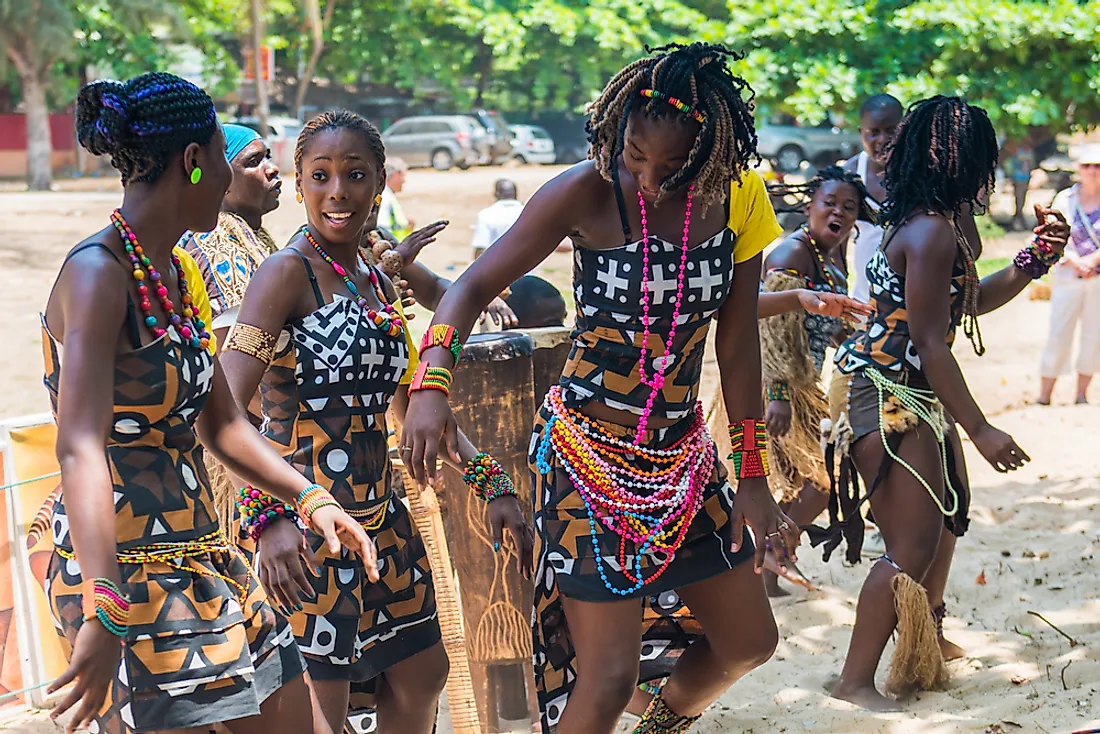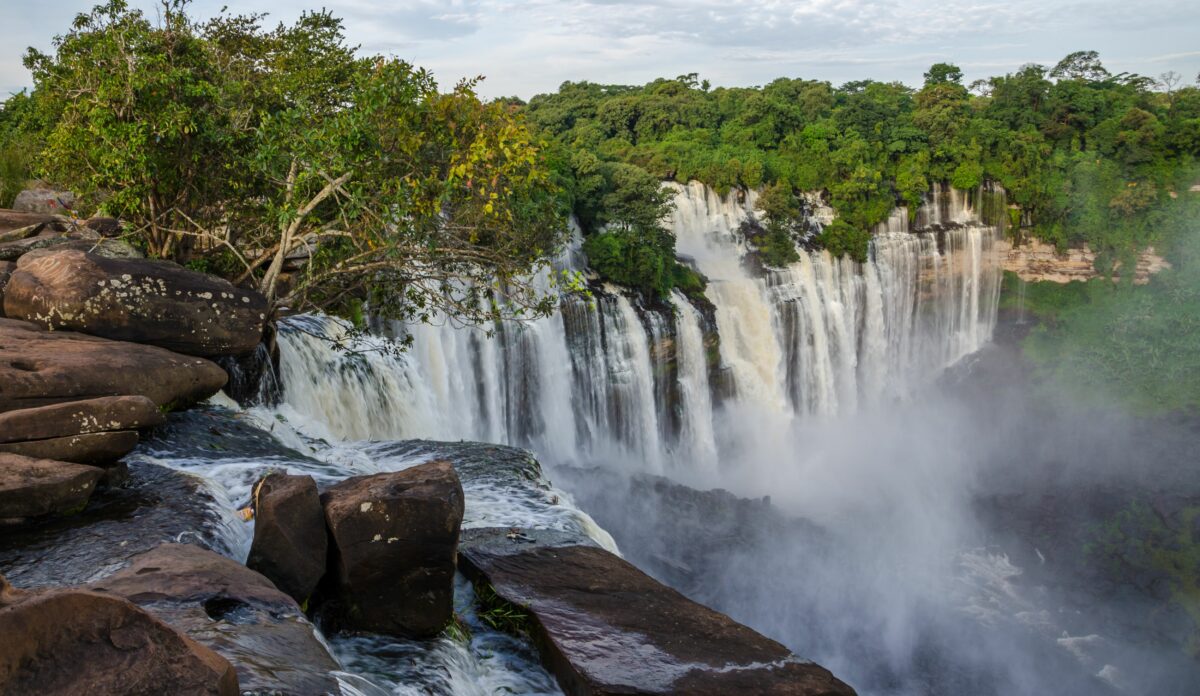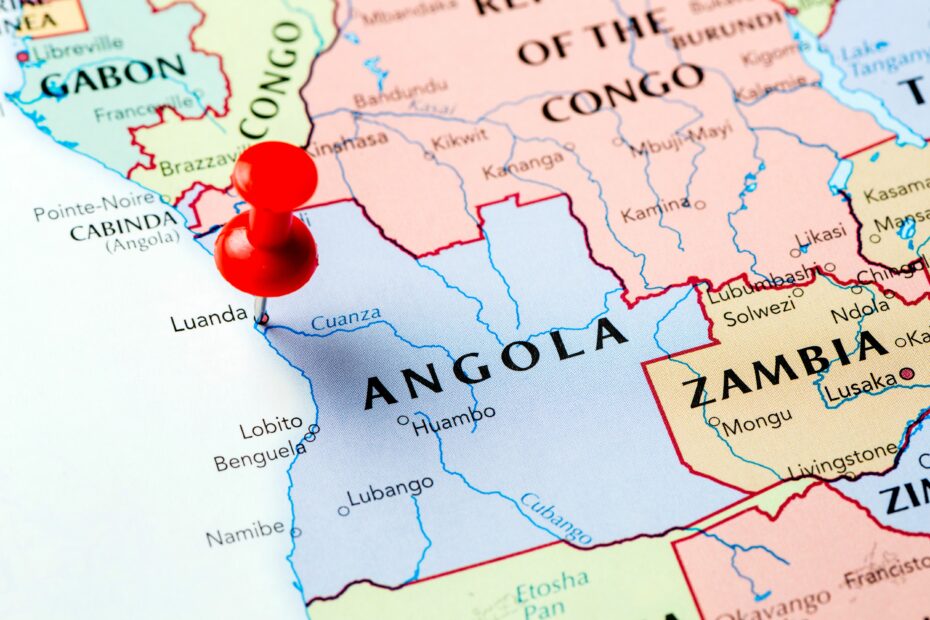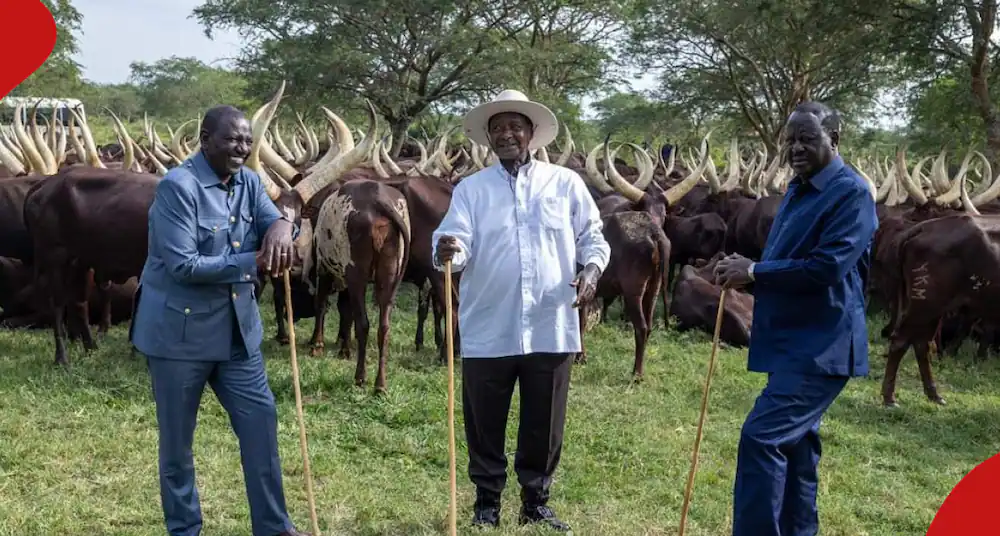With its diverse landscapes, vibrant culture, and rich history, Angola stands as a hidden gem waiting to be discovered. Nestled on the southwestern coast of Africa, this captivating country offers a tapestry of experiences that will leave any traveler in awe. From its unique geography to its mouthwatering cuisine, let’s embark on a journey to uncover the wonders of Angola. Read Also: Exploring the African Diversity: A Glimpse into Each Nation
Geography and Climate: A Land of Contrasts
Angola’s geography is as diverse as it is mesmerizing, offering an array of stunning landscapes that range from sun-kissed coastal plains to rugged mountain ranges. The country is divided into four main geographical regions, each with its own distinct characteristics. The coastal lowlands stretch along the Atlantic Ocean, providing beautiful sandy beaches and a vibrant marine ecosystem.
Moving inland, you’ll encounter the central highlands, where picturesque plateaus and fertile valleys create a breathtaking panorama. In the northern part of the country, a vast rainforest basin awaits exploration, teeming with unique flora and fauna. An arid savannah dominates the southern region of Angola, where wide-open plains and sparse vegetation create a stark but captivating landscape.
Each region contributes to the country’s rich biodiversity, harboring diverse species adapted to their specific habitats. Moreover, Angola’s climate is equally varied, offering distinct weather patterns across its regions. The coastal areas experience a tropical climate characterized by warm temperatures and high humidity, making it an ideal destination for beach and water sports lovers.
In contrast, the central highlands enjoy a cooler and drier climate, providing a refreshing escape from the heat. The northern rainforest area receives the heaviest rainfall in the country, nurturing a lush and vibrant ecosystem. On the other hand, the southern savannah is prone to periods of drought, showcasing the resilience of the flora and fauna that call this region home.
History and Culture of Angola

Angola’s history is a profound and complex narrative, marked by centuries of tribal kingdoms, Portuguese colonial rule, and a protracted struggle for independence. The land now known as Angola was once home to several tribal kingdoms, including the Kingdom of Kongo, the Kingdom of Ndongo, and the Kingdom of Matamba. Portuguese explorers arrived in the late 15th century, marking the beginning of more than 400 years of colonial rule.
Angola achieved independence in 1975, followed by a brutal civil war until 2002. Throughout these periods of turbulence, the resilient spirit of the Angolan people has been a constant, their determination to forge a better future a testament to their courage and tenacity.
Culture in Angola is a vibrant fusion of African traditions and Portuguese influences, a testament to the country’s history. Music and dance are at the heart of Angolan culture, with traditional styles like semba and kizomba enjoying popularity alongside Western genres. The country’s cuisine is as diverse as its landscape, with staples like funge (a type of cornmeal porridge) and fish prepared in many ways reflecting the bountiful ocean and the agricultural richness of the land.
The Angolan people, known for their warm hospitality, are proud of their cultural heritage and continue to celebrate it daily, showcasing this remarkable nation’s enduring strength and vibrant spirit.
Angolan Economy and Industries
Angola’s economy, the third largest in sub-Saharan Africa, relies on its rich oil reserves, representing over 90% of the nation’s export revenue. The oil industry has been the backbone of the Angolan economy, developing its economic growth after the civil war. However, the government has made concerted efforts to diversify the economy to reduce its dependence on oil.
In the past few years, there has been a considerable influx of investment in agriculture, with the goal of harnessing Angola’s fertile soils and favorable climate. This joint effort has the potential to position the country as a prominent regional food supplier, with extensive cultivation of crops such as bananas, coffee, sisal, and cassava.
The mining sector is another key contributor to the economy, with Angola being a leading producer of diamonds. Furthermore, the country’s robust mineral resources, including gold, copper, and iron ore, offer tremendous potential for future exploration and development.
Despite these promising prospects, challenges remain, including the need for infrastructural development, skills enhancement, and improvements in the business environment. However, the Angolan government’s commitment to economic reform and diversification paints a promising picture for the future of this resilient nation’s economy.
Tourism and Attractions: Angola’s Treasures

Although Angola’s tourism industry is still in its infancy, the country is a treasure trove of natural and cultural attractions waiting to be discovered. Its dramatic landscapes range from the white sandy beaches of the Atlantic coastline to the soaring peaks of the Kisama mountains. The breathtaking Kalandula Waterfalls and Okavango River are must-see natural attractions, offering many outdoor activities such as rafting, fishing, and wildlife viewing.
The nation’s rich cultural heritage is evident in its historic sites and vibrant cities. The capital city, Luanda, features colonial-era architecture juxtaposed with contemporary high-rises. The Fortress of São Miguel, a Portuguese fort built in 1576, now hosts the Museum of the Armed Forces, offering a glimpse into the country’s tumultuous past.
For wildlife enthusiasts, the Kissama National Park is home to elephants, antelopes, and myriad bird species. Meanwhile, once a hunting ground, the Iona National Park is reviving its wildlife population, with antelopes and ostriches making a comeback.
The UNESCO World Heritage site of Mbanza Kongo, the ancient capital of the Kingdom of Kongo, offers a poignant reminder of the region’s pre-colonial history. Here, visitors can explore archaeological sites and the impressive Kulumbimbi Cathedral.
With its eclectic mix of natural beauty, cultural richness, and untamed wilderness, Angola presents an untapped, off-the-beaten-path destination for intrepid travelers. The country’s continued investment in its tourism infrastructure is set to increase visitor numbers, contributing to its diversifying economy.
Food and Cuisine: A Gastronomic Delight
No exploration of Angola is complete without indulging in its mouthwatering cuisine. Angolan cuisine is a delightful fusion of traditional African ingredients with Portuguese influences, reflecting the country’s colonial history. The staple food is ‘funge,’ a porridge made from cassava or corn flour, often served with ‘Muamba de Galinha,’ a spicy chicken stew cooked with palm oil, okra, and garlic. Seafood is abundant along the coast, with dishes like ‘calulu‘ featuring dried fish, vegetables, and palm oil.
For those with a sweet tooth, ‘cocada amarela,’ a dessert made with coconut, sugar, and egg yolks, offers a delicious end to a meal. Street food lovers should try ‘gindungo,’ a hot chili sauce often added to meals for a fiery kick. From hearty stews to vibrant street foods, Angolan cuisine invites visitors to embark on a gastronomic adventure that mirrors the nation’s diverse landscapes and cultural complexities.

Additionally, Angola is known for its wide variety of grilled meats, including ‘espetada,’ skewered chunks of beef or chicken, and ‘churrasco,’ a barbecue-style feast showcasing succulent meat cuts. Popular side dishes like ‘feijão de óleo de Palma,’ beans cooked in palm oil, and ‘pirão,’ a thick cornmeal porridge, add depth and flavor to the dining experience.
Furthermore, Angola boasts a wide range of traditional beverages. ‘Djon-djon‘ is a unique mushroom-infused tea, while ‘ginguba,’ a peanut-based drink, offers a refreshing and creamy option. To indulge in a taste of Angolan culture, ‘mussango,’ a palm wine derived from the sap of palm trees, is a popular choice. With its diverse range of flavors and culinary traditions, exploring the food and cuisine of Angola is a journey that will captivate both the taste buds and the soul.
Bottom Line
A visit to Angola offers far more than just scenic landscapes and historical sites; it presents a culinary journey that tells a story of cultural wealth and diversity. The unique blend of flavors and ingredients, drawn from the country’s indigenous resources and influences from Portuguese colonization, create a gastronomic tapestry as vibrant and diverse as the nation itself. Whether you’re savoring the rich, hearty stews, indulging in the succulent grilled meats, or sampling the unique traditional beverages, you’re not just feeding your body; you’re nourishing your soul. A trip to Angola is not just a travel destination; it’s a sensory adventure that promises to delight. Don’t just visit Angola—taste it, experience it, and let it move you.



